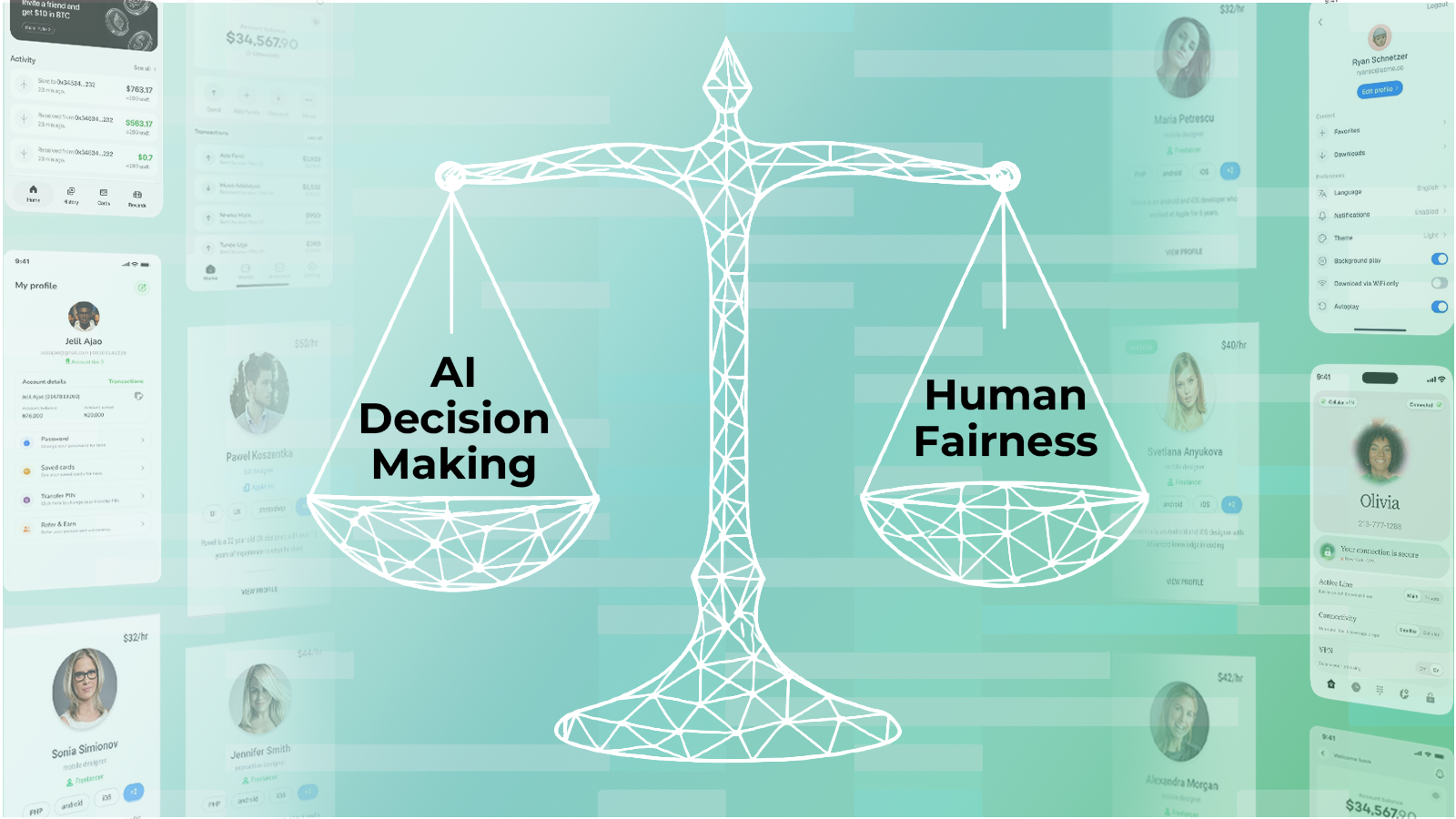We do not offer, support, or condone any illicit services mentioned in this glossary. We also do not sell any data to illegal entities. These terms are provided solely for educational and awareness purposes to help businesses understand and prevent fraud.
What is SOCMINT?
SOCMINT (Social Media Intelligence) is a subset of open-source intelligence (OSINT) focused on gathering information from social media platforms, such as Facebook, Twitter, Instagram, LinkedIn, and others. It involves analyzing public posts, user behavior, connections, and trends to uncover insights for various applications, including threat detection, fraud prevention, law enforcement, and marketing.
SOCMINT is particularly valuable in fraud detection and cybersecurity for identifying suspicious accounts, detecting fraud rings, and monitoring potential social engineering scams. However, it must be conducted ethically and in compliance with privacy regulations to avoid misuse of personal data.
How Does SOCMINT Work?
Data Collection
Information is gathered from public social media profiles, posts, and activities, including:
- User profiles (e.g., name, location, employment).
- Posts, comments, and interactions.
- Connections and networks (e.g., friends, followers, and mutual connections).
- Geolocation tags and media content (e.g., images, videos).
Analysis and Processing
Data is processed using tools like natural language processing (NLP), machine learning, and graph analysis to uncover patterns and anomalies. Key analysis areas include:
- Behavioral trends (e.g., activity frequency, type of content shared).
- Sentiment analysis (e.g., determining user intent or tone).
- Network mapping (e.g., identifying clusters of interconnected users).
Risk and Fraud Detection
SOCMINT systems can identify:
- Fake accounts or bots involved in scams.
- Fraud rings using interconnected profiles to exploit systems (e.g., promo abuse).
- Indicators of social engineering, such as accounts mimicking trusted entities.
Use Cases
Legitimate Scenarios
- Fraud Detection: SOCMINT is used to detect fake accounts or fraudulent activities by monitoring unusual patterns on social media platforms.
- Threat Analysis: Law enforcement agencies use SOCMINT to track criminal activities or detect potential threats.
- Brand Protection: Businesses monitor social media for impersonation or misuse of their brand, such as fake profiles conducting scams.
Fraudulent Use Cases
- Social Engineering Scams: Fraudsters gather information from victims’ social media profiles to craft personalized phishing or impersonation attacks.
- Identity Theft: Criminals use publicly shared data to impersonate individuals or create synthetic identities.
- Organized Fraud Rings: Fraudsters use social media to coordinate activities, such as promo abuse, account farming, or money laundering.
Impacts on Businesses
Positive Impacts
- Fraud Prevention: SOCMINT allows businesses to proactively identify and mitigate risks from social media scams and fraud rings.
- Customer Insights: Analyzing social media interactions helps businesses better understand customer behavior and needs.
- Brand Reputation: Monitoring social media for fake accounts or misuse of the brand ensures a safer online presence.
Negative Impacts
- Privacy Concerns: Misuse of personal data from social media can lead to legal and reputational risks, especially under regulations like GDPR and CCPA.
- False Positives: Over-reliance on SOCMINT tools can result in legitimate users or accounts being flagged incorrectly.
- Operational Costs: Implementing SOCMINT tools and hiring skilled personnel can be expensive for businesses.
Reputational Damage
- Ethical Backlash: Businesses or governments using SOCMINT unethically or invasively can face significant public scrutiny.
- Consumer Distrust: Mismanagement of data gathered through SOCMINT can harm customer trust and loyalty.













